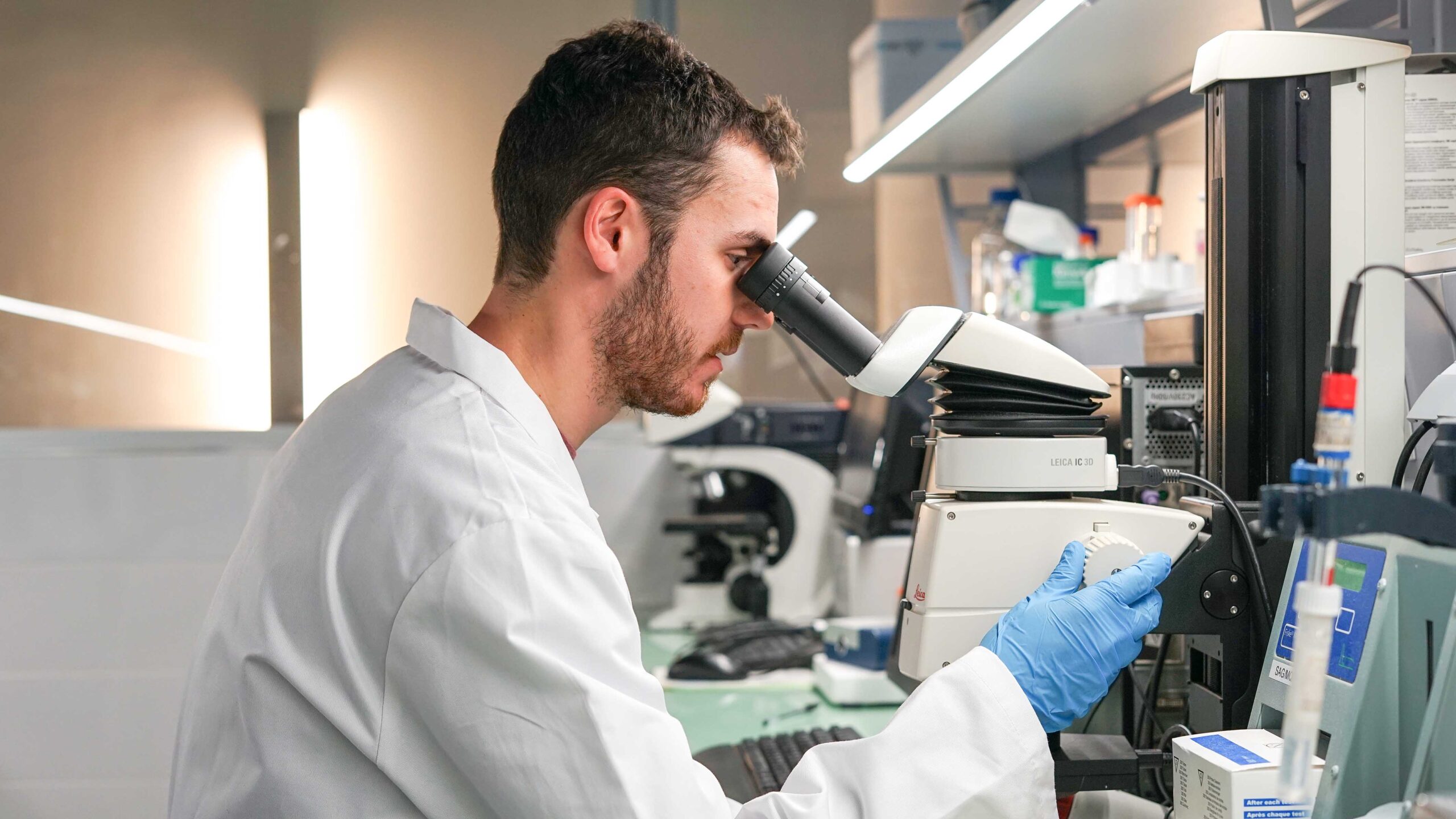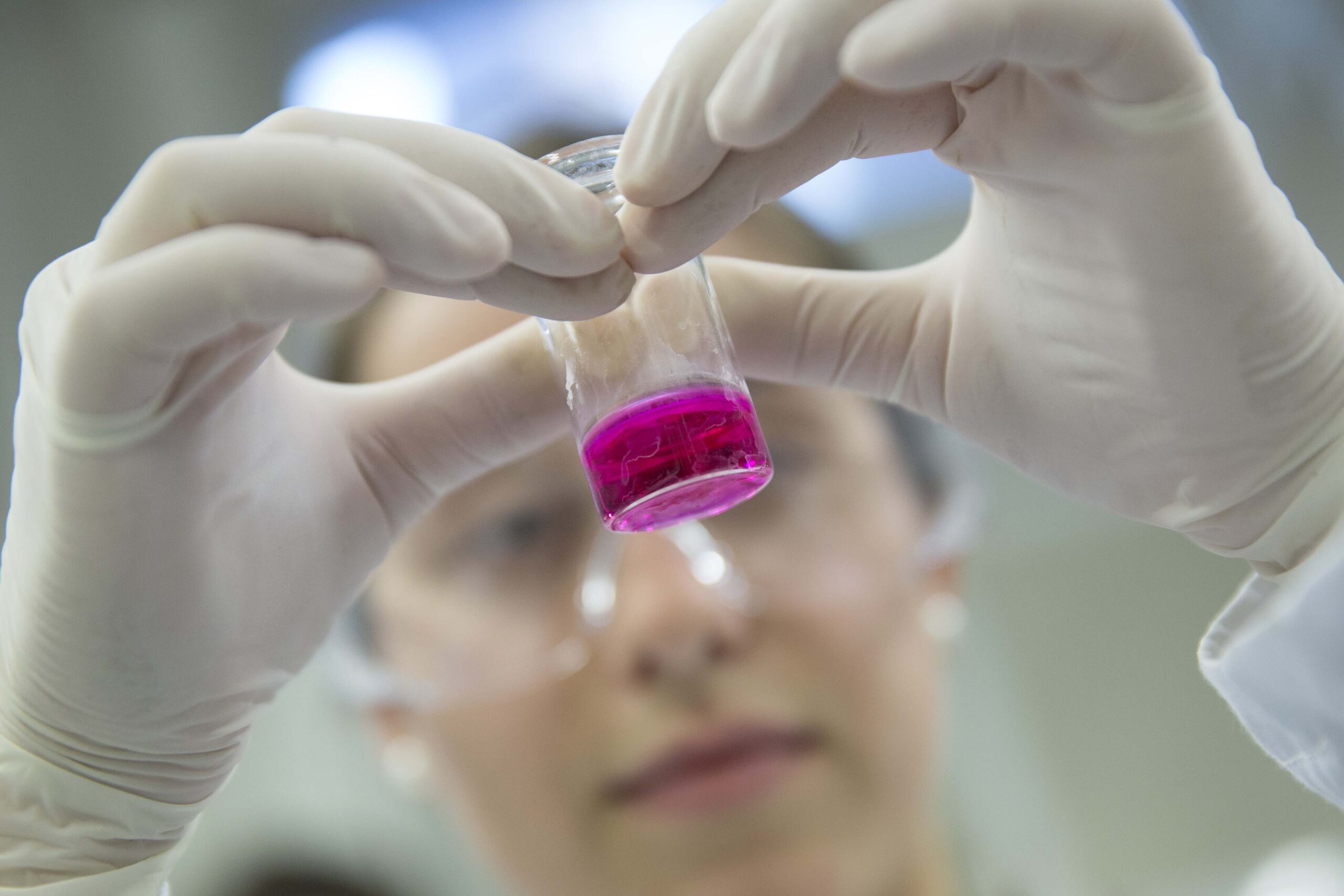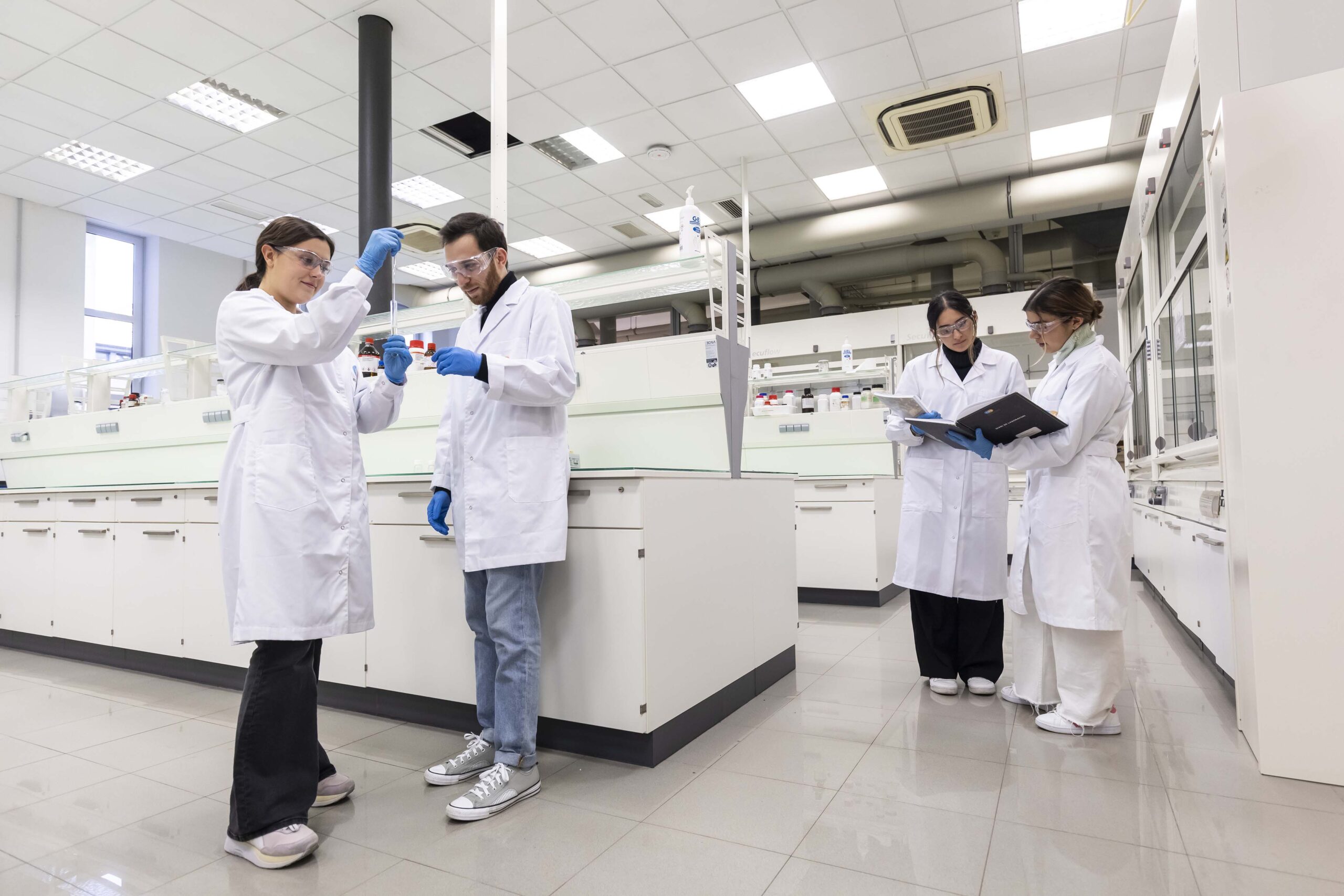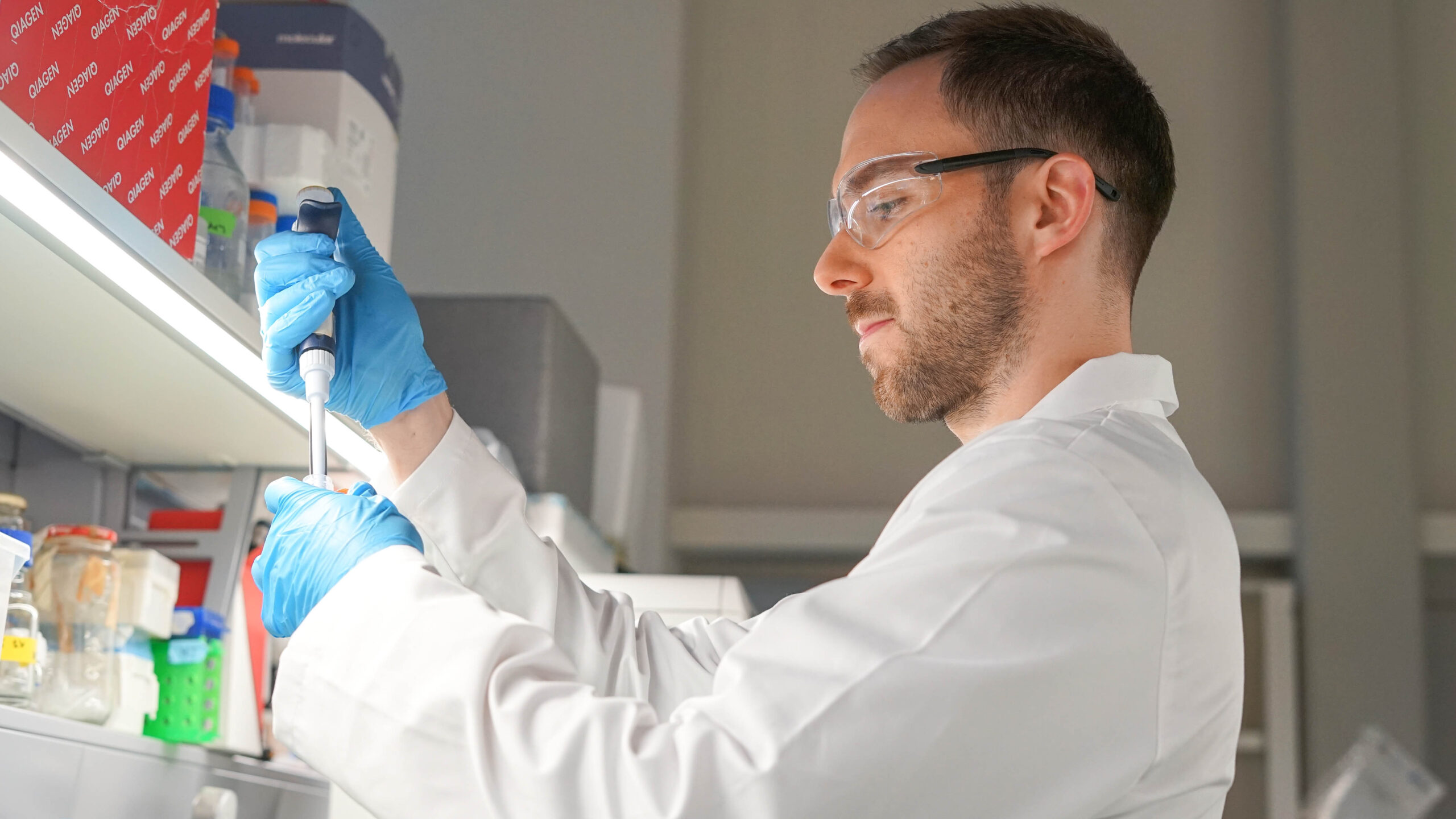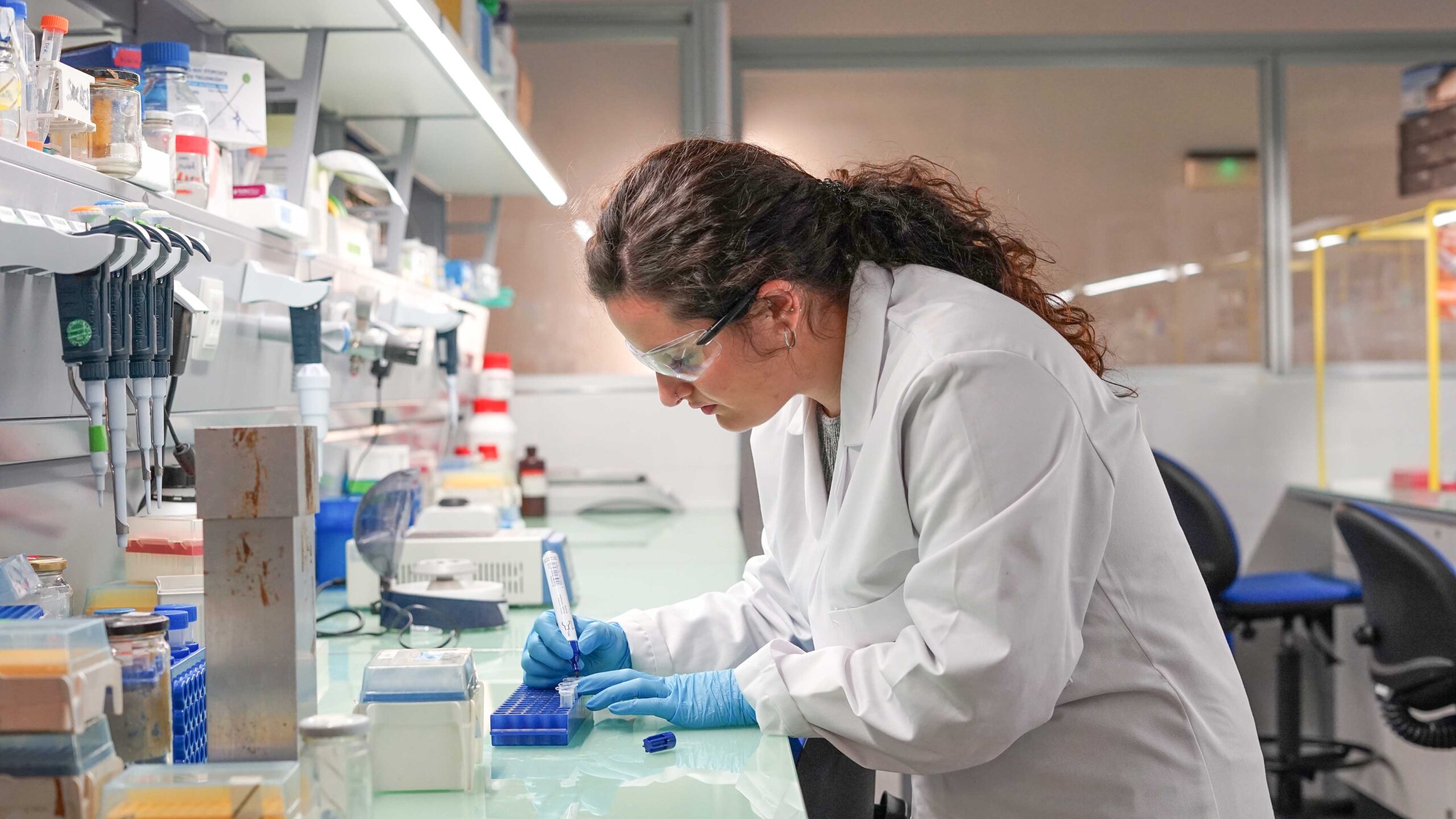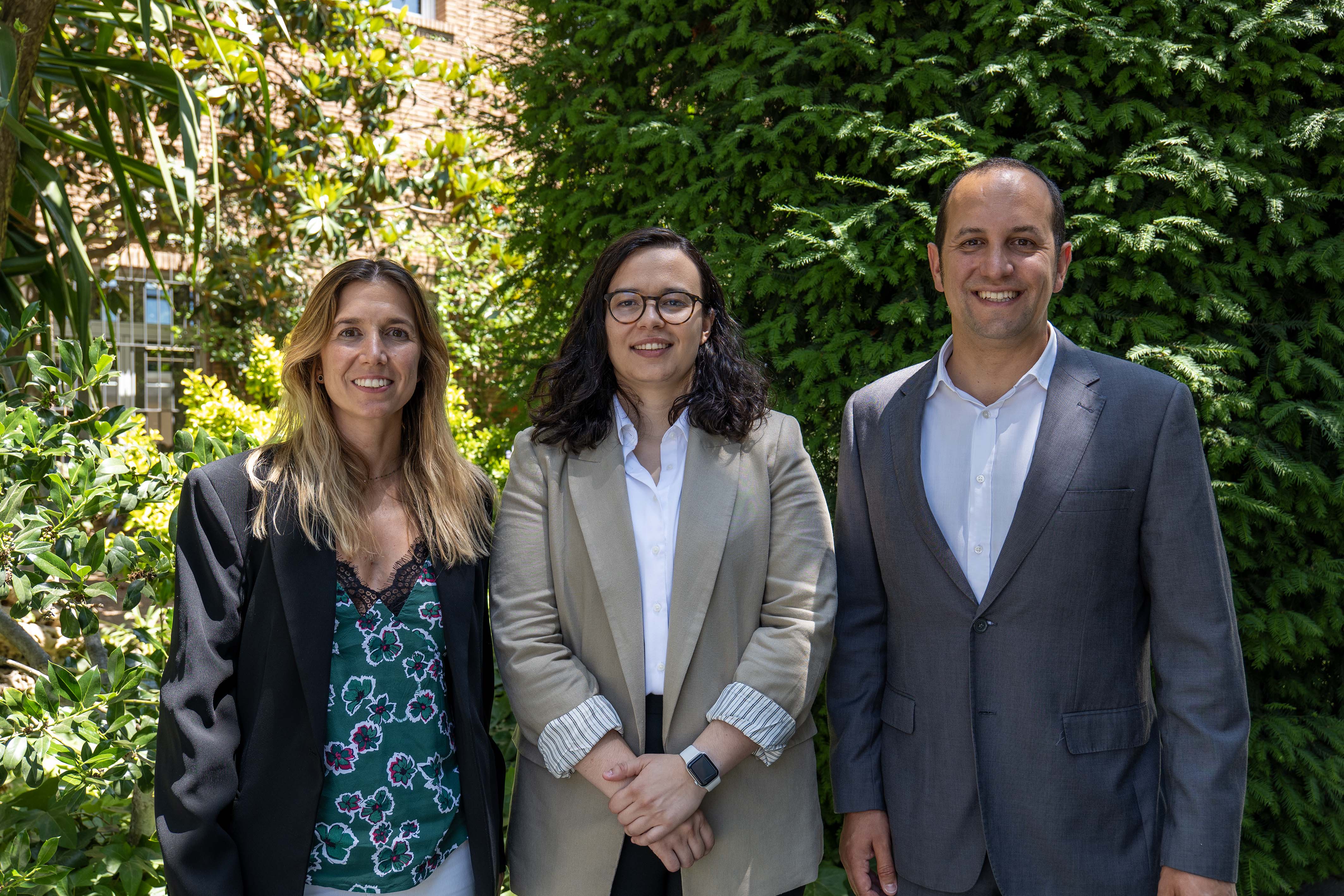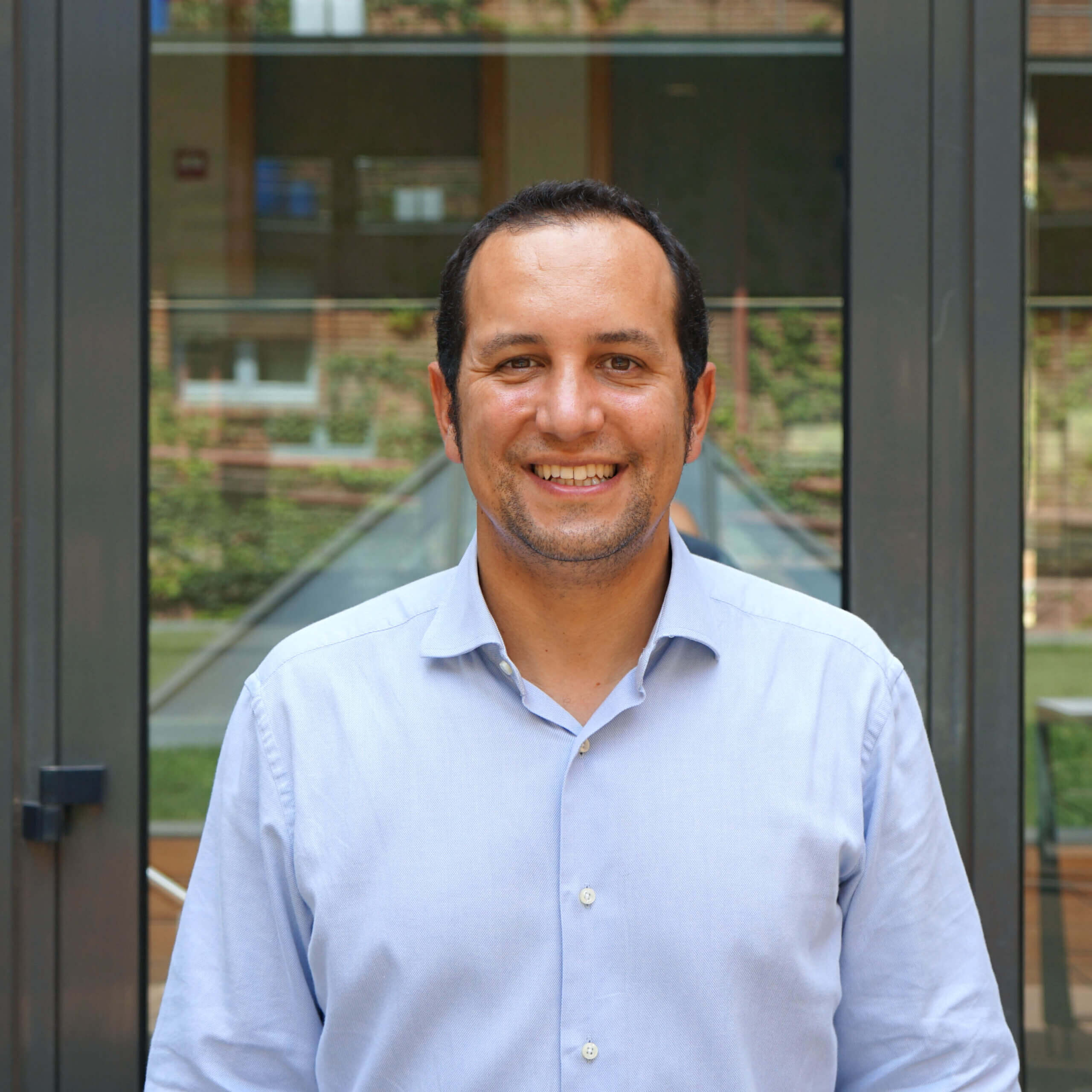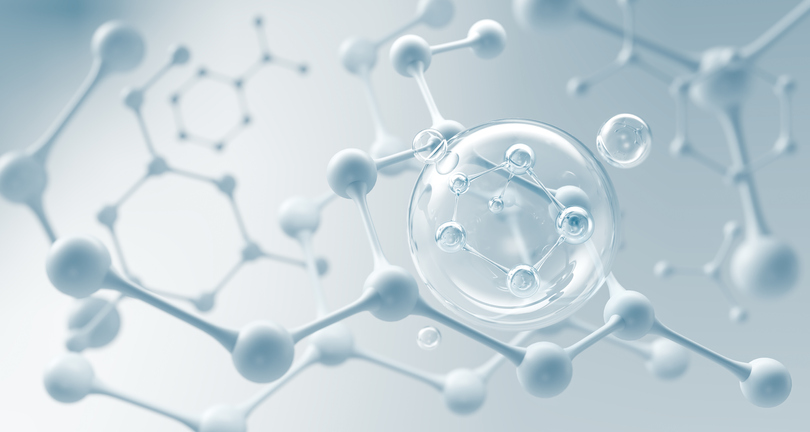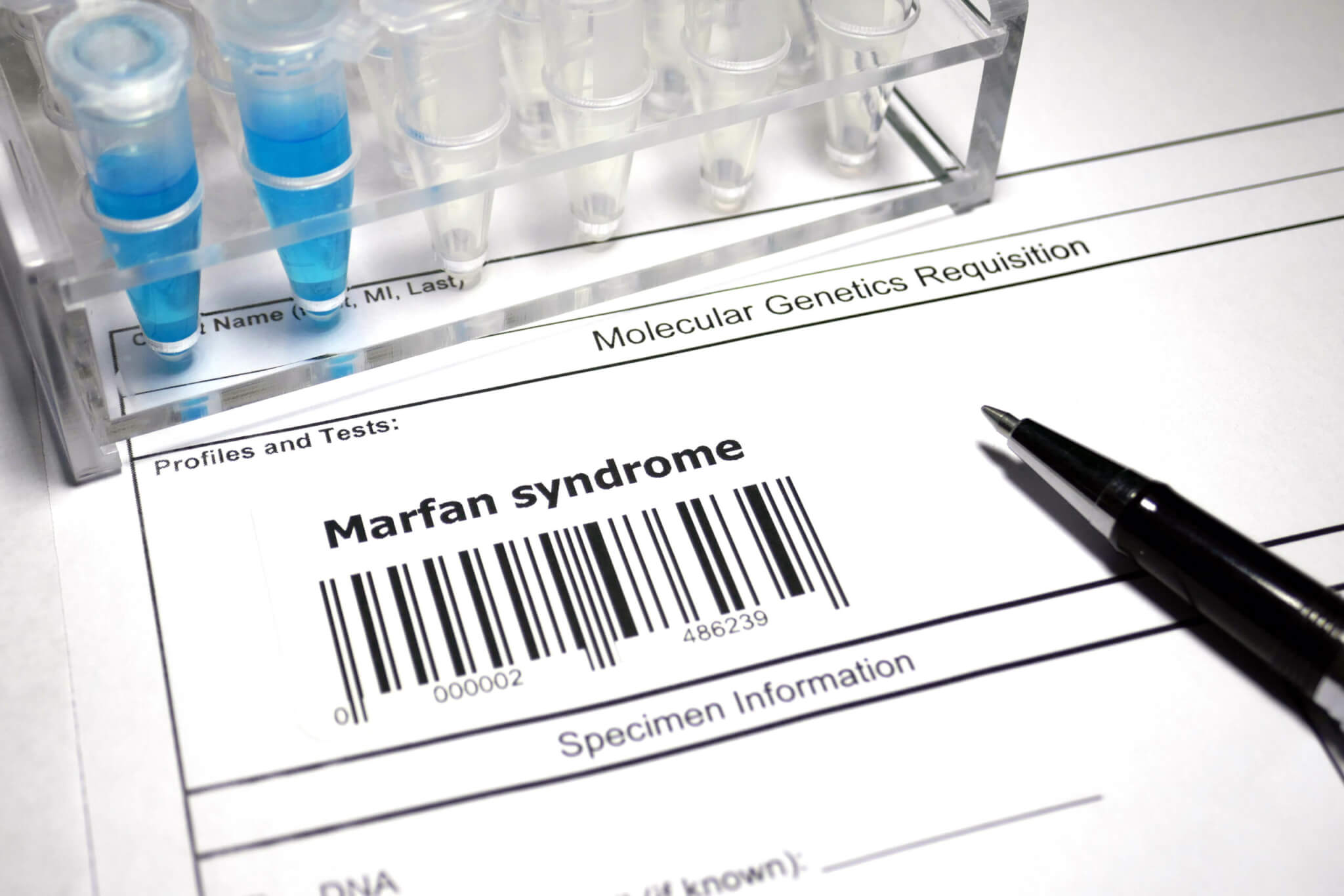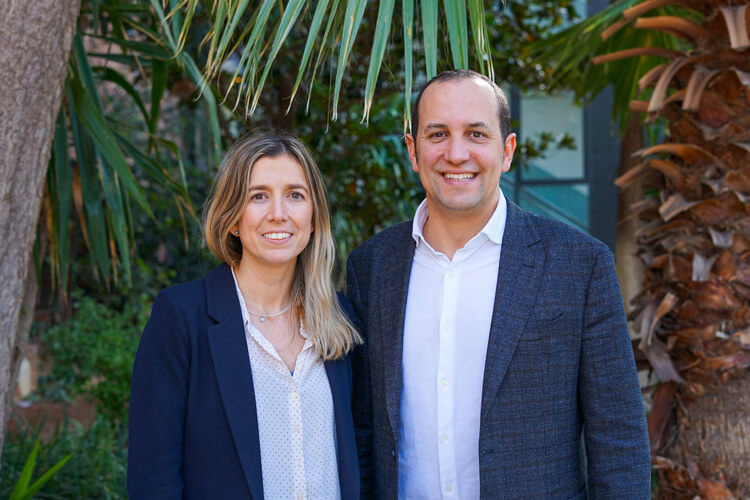Marfan syndrome is a genetic disorder caused by mutations in the fibrillin-1 (FBN1) gene, in which the most serious concern is the progressive dilation of the proximal aorta due to weakening of the aortic wall, which culminates in its dissection and rupture. Current interventions, both medical and surgical, attempt to control aneurysm growth and prevent life-threatening consequences, but do not provide definitive solutions.
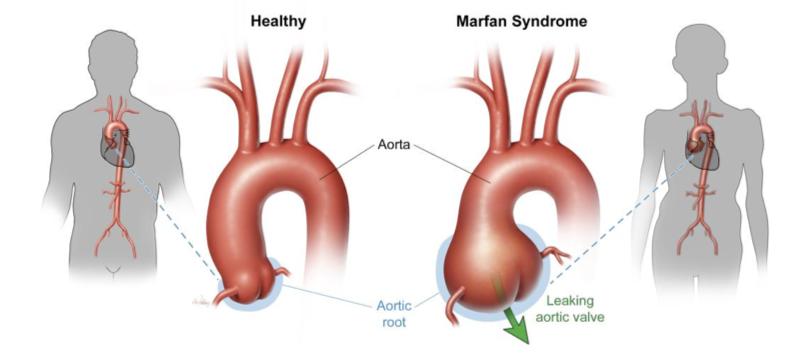
In recent years, therapeutic strategies aimed at the pathological mechanisms involved in the progression of aortic disease in Marfan syndrome have aroused increasing interest. The advancement of gene therapies is revealing very promising new therapeutic approaches, yet they still need to be optimized to achieve full clinical application.
Within this context, Dr Yvette Rabadà Soler recently conducted her doctoral thesis at IQS, entitled RNA-based targeted synergistic nanotherapies: a new approach to the treatment of aortic aneurysms in Marfan syndrome, as part of the Government of Catalonia’s Industrial Doctorates Plan, co-financed between the company Aortyx and the IQS School of Engineering (Ramón Llull University). Her thesis was supervised by Dr Cristina Fornaguera Puigvert, coordinator of the NanoTher – NanoTherapies Lab group at IQS, and Dr Jordi Martorell López, professor and researcher at IQS and CEO of Aortyx, a company dedicated to the development of endovascular medical devices for the treatment of aortic diseases.
The objective of Dr Rabadà’s thesis was to develop a gene therapy based on mRNA and siRNA molecules with the aim of locally silencing and substituting the defective protein FBN1 with a functional copy.
New solutions for treating Marfan syndrome
First, Dr Rabadà’s thesis developed two polymeric formulations encapsulating small interfering RNA (siRNA) and messenger RNA (mRNA), using oligopeptide-modified poly(β-amino esters) (pBAES) polymers, materials that have emerged as effective and biocompatible vectors for the transfer and release of nucleic acids. The prototypes obtained demonstrated in vitro an efficient inhibition of endogenous fibrillin-1, as well as exogenous overexpression, both at the mRNA and protein levels.
To ensure that the therapy that has been developed can act specifically on the aortic wall, Dr Rabadà explored various strategies, finally achieving an effective targeted release system based on the combination of previous polymeric formulations with superparamagnetic iron oxide nanoparticles (SPIONs). Therefore, her thesis developed a release system guided by external magnetic fields. The system she developed demonstrated a high efficiency of encapsulation of nucleic acids in manometric-sized particles, as well as their ability to release their charge in vitro under the influence of an external magnetic field. This phase of the thesis unfolded during a research stay by Dr Rabadà with the group led by Dr Joyce W. Wong in the Department of Biomedical Engineering at Boston University.
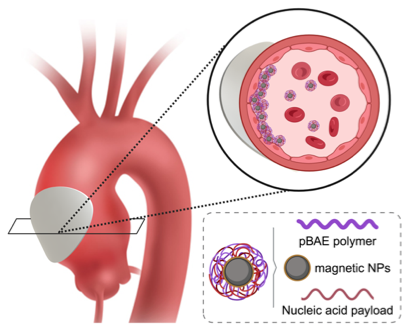
In short, Dr Rabadà’s thesis has facilitated the development, as a proof of concept, of a synergistic RNA-based nanotherapy. It establishes the basis for future research aimed at developing an innovative therapeutic strategy that allows selective action on fibrillin-1 in order to restore the functionality of the aortic wall in Marfan syndrome and prevent the formation of aortic aneurysms.
Thanks to the innovation of the binding mechanism between iron oxide nanoparticles and pBAE polymers, in January 2025 a patent application was filed at the Spanish Patent Office for the magnetic conjugates that have been developed.
Related publications
Yvette Rabadà, Cristina Fornaguera, Jordi Martorell. siRNA Local Delivery to Inhibit Dysfunctional fibrilllin-1 in Marfan Syndrome. 8th International Meeting on Aortic Diseases: New Insights into an Old Problem, June 2024.
This thesis was conducted within the GENMARF project under ACCIÓ’s 2022 NUCLIS – Industrial Research and Experimental Development call.
